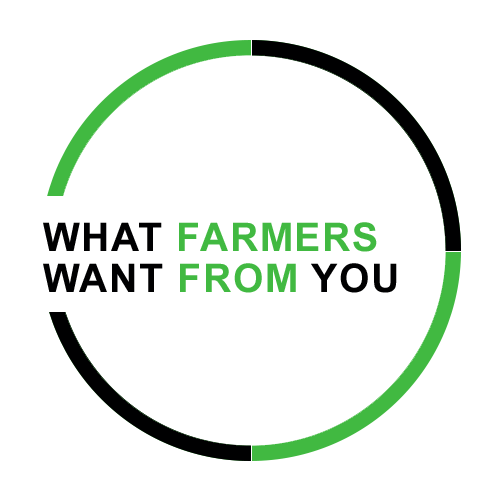 Ron Peterson, who farms 2,400 acres of corn and soybeans near Gilbert, Iowa, started using precision farming equipment in the 1990s with a yield monitor and hasn’t looked back. However, he remains skeptical about adopting new kid-on-the-block technology until he’s convinced it can pay its way.
Ron Peterson, who farms 2,400 acres of corn and soybeans near Gilbert, Iowa, started using precision farming equipment in the 1990s with a yield monitor and hasn’t looked back. However, he remains skeptical about adopting new kid-on-the-block technology until he’s convinced it can pay its way.
“The new technology is great and exciting, and it’s easy to get caught up in it, but I won’t invest in it until I am convinced that it will improve productivity,” Peterson says.
He conventionally tills 1,500 acres of corn and 900 acres of soybeans. On corn stalk ground, he begins with a 12 inch-deep fall tillage pass with a Kuhn Krause Dominator deep ripper pulled by a Case IH 535 Quadtrac tractor with a Trimble FM1000 Field IQ controller following a Wide Area Augmentation system (WAAS) signal.
In the spring, he uses the same tractor and controller to apply pre-plant herbicides in 32% liquid fertilizer along with a pass with his 42 foot field cultivator. The spraying system has a 5-section shut-off on the boom.
“The auto section shut-off on the sprayer makes it much easier on the operator,” he says.
Instead of relying on the yield monitor’s results from the combine, Peterson uses Harvest Tracker, a custom-written program that automatically downloads grain weight information from the scale on his grain wagon to a separate laptop on the tractor.
“I have found that the combine yield monitor varies by 5% or more, even if it is calibrated regularly. I prefer to use the grain wagon’s data to track yield. I want the accuracy over the convenience,” he says. “That’s like looking at the new technology. I am interested in seed meters that offer better singularization, but I am not sure the cost is outweighed by the better performance.
What Farmers Want From You is a series of farmer profiles that examine the scope of precision farming tools individual farmers are using on their operation, along with the frustrations that can occur with adopting new technology and how dealers can alleviate those "points of pain" for farm customers. For the latest additions to the series, visit our What Farmers Want From You feed.
“It will take that kind of information I need from the dealer to convince me to upgrade my seed metering system.”
Point of Pain: Alleviating Spring Headaches
Peterson uses a 24-row Deere 1770 planter with pneumatic down pressure row units, pulled by a Deere 8300 tractor. The auto-steer is plugged directly into the steering system, which makes it more responsive and accurate than an ATU system, Peterson says.
“When we first used an ATU unit with WAAS on the combine, we had trouble with the unit not maintaining its position on the return pass,” he says. “We had Deere engineers out here attempting to recreate it to learn what was going on.”
Peterson tries to minimize spring headaches by taking advantage of his Deere dealer’s preventive maintenance program. Before planting, the dealer’s precision technician comes out, downloads and installs any software upgrades and checks over operating systems.
“It costs so much per controller. We also have a 4-month subscription for the StarFire2 signal for the 2630 controller that’s used on the planter,” he says. “If we have any problems during the planting season, the service also includes GPS equipment support,” he says.
But already this spring, Peterson had an issue where the planter would stop planting 12 rows for no reason.
“We had the technician check it out but he couldn’t identify the issue, so we had to take the planter and the tractor into the dealership,” he says. “It took the tractor technician several hours to identify a grounding wire in the seven-pin connector was loose. That wasn’t covered by the GPS precision equipment service agreement.”



![[Technology Corner] Autonomy & Robotics Take Center Stage](https://www.precisionfarmingdealer.com/ext/resources/2026/01/12/Autonomy--Robotics-Take-Center-Stage.webp?height=290&t=1768253759&width=400)


